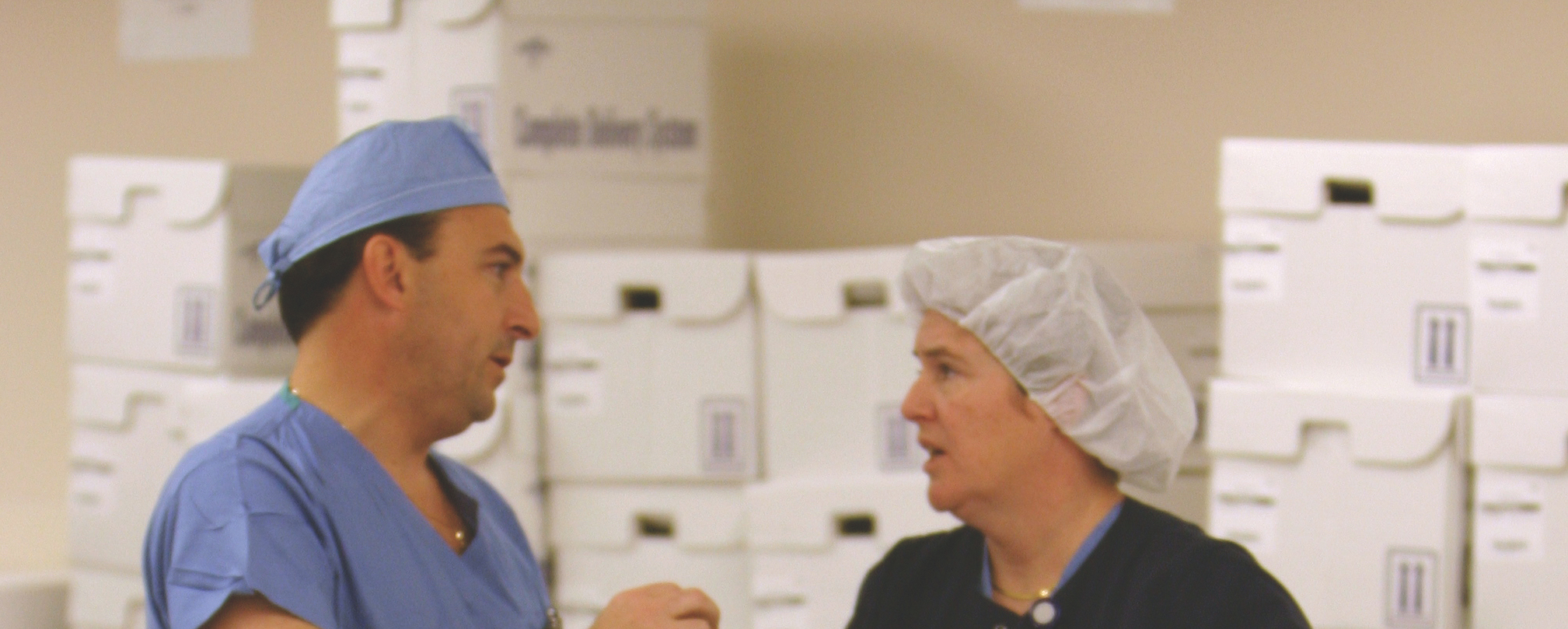We use cookies to make your experience better. To comply with the new e-Privacy directive, we need to ask for your consent to set the cookies.
It’s a fundamental question for any organization: how do we increase efficiency? For healthcare providers — from hospital settings to community practices — this question is relevant more than ever as influenza, COVID-19 and Respiratory Syncytial Virus (RSV) cases rise and patient traffic increases.
Knowing where to start can be challenging; we often think of the need to make system-wide changes overnight, but improving by just one percent every day or week can add up to a vast improvement in a year.
Implementing efficiencies that deliver time back to care at the patient level is critical. Systems and processes that alleviate time spent on supply sourcing and setup, along with administrative functions, can be time put back towards improved patient outcomes. Studies show that nurses may spend less than two hours of a 12-hour shift on direct patient care.1 Delivering efficiencies that deliver back time savings is essential.
Streamline Supply Handling
Does your organization ever receive supplies in a large cardboard box with little-to-no labelling, forcing people to look through the delivery to figure out what they have? This is more common than you might think. An easy way to make supply handling easier has deliveries clearly labelled with item numbers and storeroom bin locations.
It’s also worthwhile to consider having supplies ship shelf-ready with as much cardboard packing removed as possible; better for the environment and easier. Innovative methods to ensure products are in stock and ready when needed are a proactive way to ensure patient needs are met in real-time.
Both of these tactics are bolstered by reviewing your supply chain management. Leveraging automated systems for inventory management, coupled with proper data collection, ensure the correct amounts are ordered while keeping critical products in stock and on the shelf.
Reduce Setup Times
Setup times are another subtle task that can affect healthcare workers’ schedules. There are several options to speed up these processes, for instance, custom procedure trays or surgical packs.
These packs allow healthcare organizations to customize what comes in each one. A typical kit might have all the materials and equipment for a particular surgery in one place: gowns, gauze, sponges, specimen cups, sutures, suction tubing and more.
Designing Your Site for Efficiency
Upgrading a care setting might seem like a drastic step, but it doesn’t mean you must undertake a full-scale renovation; sometimes, it may mean replacing an older piece of equipment with one that is more effective. You could also consider expanding, which offers a chance to perform a wider breadth of care and make things more efficient.
Medline offers expert advice on best activating your site for efficiencies, specifically in the OR. Any change made toward operating more efficiently benefits patients and could result in less time bogged down by administrative work. Additionally, having more efficient OR operations can result in faster OR turns.
“Medline can help healthcare partners make their operations more efficient across the board,” said Diana Gazdar, Vice President of Marketing at Medline Canada, Corporation. “Our solutions that support optimized supply management enable more focus on patient care, allowing care providers to do what they do best and what matters most.”
[1] Collins, R. Bring Nurses Back to the Bedside. For the Record. 2015;27(9):10. Available at: https://www.fortherecordmag.com/archives/0915p10.shtml.
*****
Contact
John Quinn
Medline Canada
Tel: 416-525-9123
JQuinn@medline.com

